Types Of Nose Jobs
Rhinoplasty is a nose-reshaping plastic surgery. There are several types of rhinoplasty, including two types of primary rhinoplasty ("open" and "closed"), secondary rhinoplasty and filler rhinoplasty.
Open Rhinoplasty. For major nose reshaping, the incisions are made in the vertical strip of skin separating the nostrils. This is called the columella. The skin and soft tissue are then elevated off the underlying structures of the nose so the surgeon can see the nasal anatomy.
Closed Rhinoplasty. For minor reshaping, many surgeons make incisions within the nose. The skin of the nose is then separated from the bone and cartilage, which form its supporting framework. Once exposed, bone and cartilage can be removed, reshaped, augmented or rearranged to achieve the desired new shape.
Secondary Rhinoplasty. Also called revision rhinoplasty, this is performed to correct problems that persist or develop after a previous rhinoplasty. Although the problems may be minor and easily corrected, often the problems are major, which makes the secondary rhinoplasty more difficult. Revision rhinoplasty can be done as an open or closed procedure.
Filler Rhinoplasty. This involves the use of injectable fillers to fill depressions, smooth out sharp angles or change the angle of the tip of the nose, restoring symmetry and making your nose appear smaller and more attractive. Instead of removing a bump, a surgeon would use an injectable filler to even it out. The results are not permanent. Some plastic surgeons may use injectable soft tissue fillers such Juvederm, Restylane or Radiesse, to smooth out post-nose job irregularities.

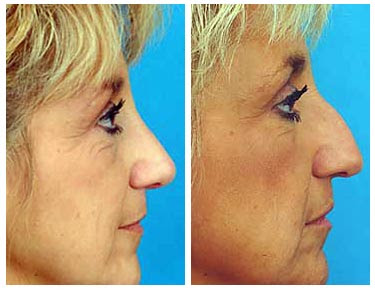
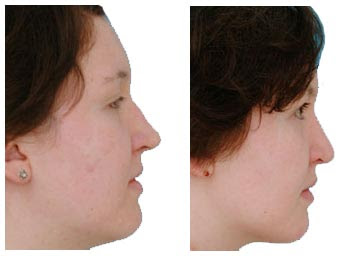
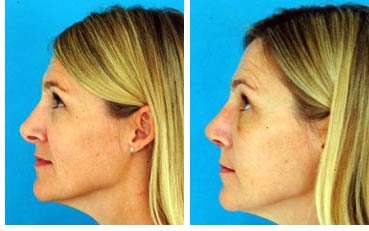
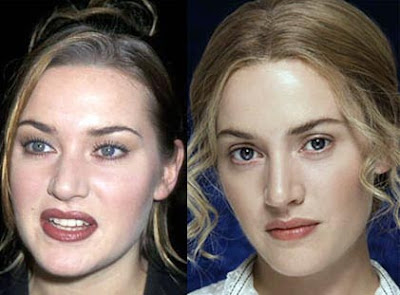


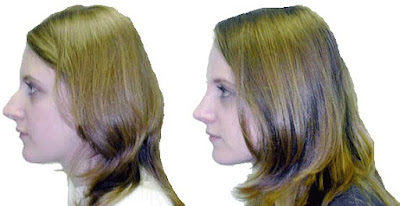


Open Rhinoplasty. For major nose reshaping, the incisions are made in the vertical strip of skin separating the nostrils. This is called the columella. The skin and soft tissue are then elevated off the underlying structures of the nose so the surgeon can see the nasal anatomy.
Closed Rhinoplasty. For minor reshaping, many surgeons make incisions within the nose. The skin of the nose is then separated from the bone and cartilage, which form its supporting framework. Once exposed, bone and cartilage can be removed, reshaped, augmented or rearranged to achieve the desired new shape.
Secondary Rhinoplasty. Also called revision rhinoplasty, this is performed to correct problems that persist or develop after a previous rhinoplasty. Although the problems may be minor and easily corrected, often the problems are major, which makes the secondary rhinoplasty more difficult. Revision rhinoplasty can be done as an open or closed procedure.
Filler Rhinoplasty. This involves the use of injectable fillers to fill depressions, smooth out sharp angles or change the angle of the tip of the nose, restoring symmetry and making your nose appear smaller and more attractive. Instead of removing a bump, a surgeon would use an injectable filler to even it out. The results are not permanent. Some plastic surgeons may use injectable soft tissue fillers such Juvederm, Restylane or Radiesse, to smooth out post-nose job irregularities.
Nose Job is to reshape the nose. It is a very popular procedure that can make profound differences not only in the balance of facial features, but also in a person’s self-esteem.
Nose Job / Rhinoplasty can reduce or increase the size of your nose, change the shape of the tip
or the bridge, narrow the span of the nostrils, or change the angle between your nose and your upper lip.
It may also correct a birth defect or injury, or help relieve some breathing problems.

Nose Job Before And After

Nose Job Before And After
A nose job or rhinoplasty is one of the most common but technically most
difficult plastic surgery procedures.The plastic surgeon can shorten or
prolong the nose, although more often it is a complex surgery that changes
nose asymmetry.

Nose Job Before And After
If you are healthy, psychologically stable and realistic in your expectations,
you may be a good candidate for a nose job. Nose Job can be
performed to meet aesthetic goals or for remodeling purposes to
correct birth defects, such as cleft deformities, or breathing problems.

Nose Job Before And After

Nose Job Before And After
Nose Job is considered the most ancient and most challenging plastic
surgery. In well-trained hands it can dramatically improve your looks, add
softness and harmony to your face, not mentioning that Nose Job can
substantially improve nasal breathing.

Nose Job Before And After

Nose Job Before And After

Nose Job Before And After

Nose Job Before And After

Nose Job Before And After
There are some risks associated with Nose Job/Surgery that include infection, pooling blood, nasal airway constriction and complications with anesthesia. Other effects, while not common, are asymmetry, scarring, irregularities and nerve damage.






0 comments:
Post a Comment